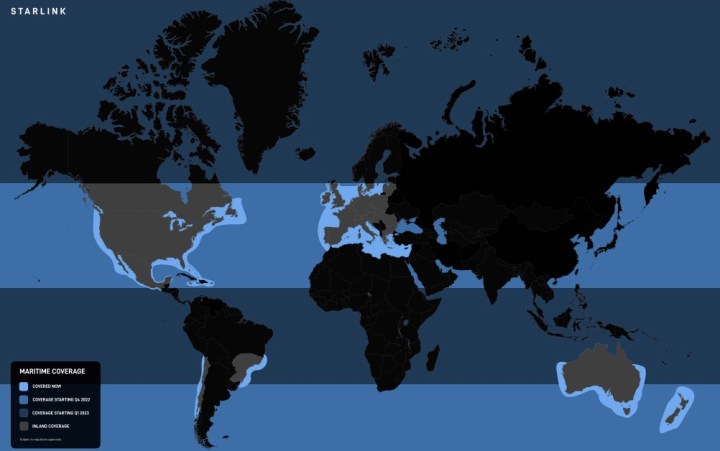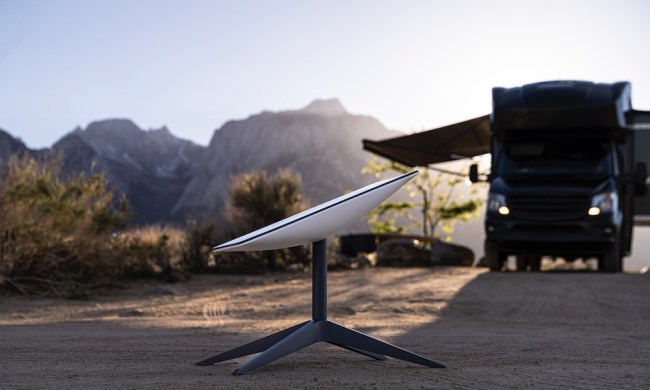Boat owners will now be able to hook up to SpaceX’s Starlink internet service while sailing the high seas.
“From merchant vessels to oil rigs to premium yachts, Starlink Maritime allows you to connect from the most remote waters across the world, just like you would in the office or at home,” SpaceX said in a message announcing the service on Thursday, July 7.
Starlink for boats! https://t.co/BQujU8Ngna
— Elon Musk (@elonmusk) July 7, 2022
According to SpaceX, Starlink Maritime hardware takes up little space and comes with an easy-to-install mount. The service implements end-to-end encryption to protect data and confidentiality of user traffic.
Starlink Maritime doesn’t come cheap, though. It requires a one-off $10,000 fee for two high-performance satellite dishes, and then $5,000 per month for the 350 Mbps service. For comparison, the regular Starlink service costs $599 for the receiving dish, along with a monthly payment of $110 for the internet.
In a tweet, SpaceX boss Elon Musk acknowledged that Starlink Maritime features “premium pricing,” but said this is partly because the package requires an additional high-performance terminal that’s “important for maintaining the connection in choppy seas and heavy storms.” Musk added that the dish has also been ruggedized to withstand “relentless salt spray and extreme winds and storm.”
But the SpaceX chief insisted it’s still “way cheaper and faster than alternatives,” adding that SpaceX had been paying $150,000 per month for “a much worse connection” to the drone ships from which web-connected cameras stream footage of the spaceflight company’s Falcon 9 rocket landings.
Indeed, SpaceX noted on its website that Starlink is now being used to get high-quality video of its rocket landings at sea, “providing continuous coverage in the face of engines capable of generating up to 190,000 pounds of force.”
SpaceX shared a map (below) showing Starlink Maritime’s coverage areas. The light blue band indicates current availability, while the darker bands mean the service will begin at the end of this year or early next.

Starlink is powered by a constellation of satellites in low-Earth orbit that beam broadband to customers. The company’s main aim is to connect communities currently without internet access or with poor connectivity, though plenty of Starlink customers also live in cities and well-connected locations.
Musk revealed in May that Starlink now serves 400,000 subscribers in 36 countries, up from 250,000 in February. SpaceX launched Starlink in October 2020.


